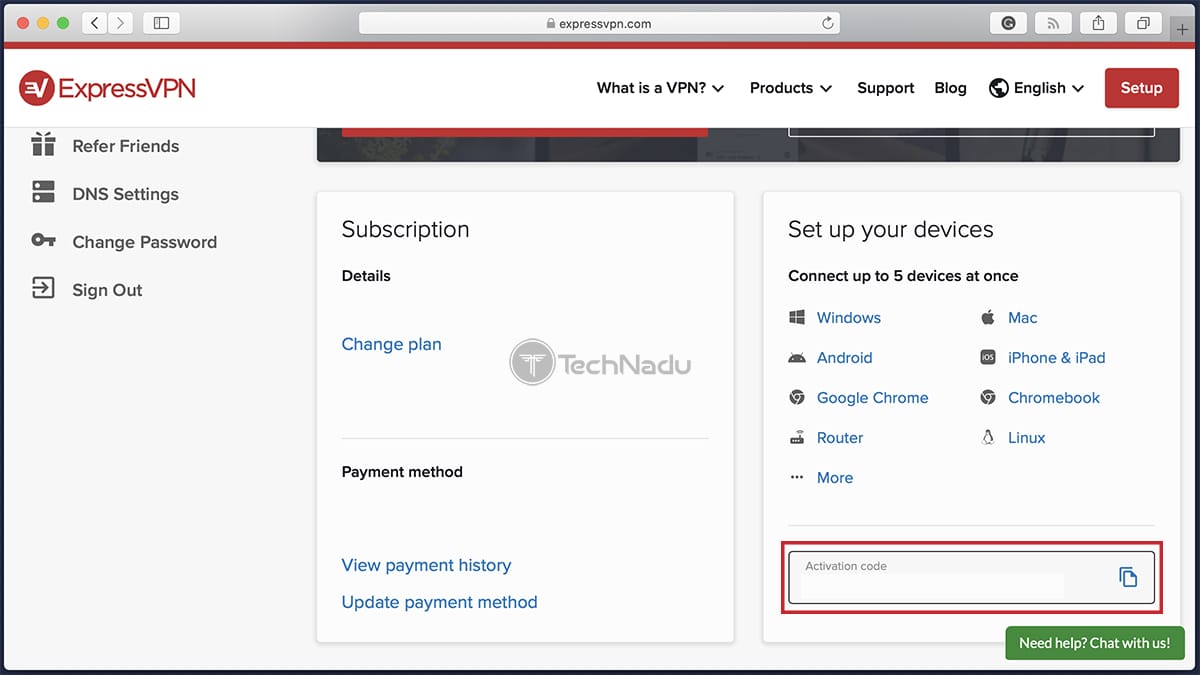


There was no noticeable impact on our system while we were running the deep scan, and at max Disk Drill only used about 10% of our CPU, 1% of our RAM, and 117.5MB/s on the HDD being scanned.

We recorded the length of how long the scan took on our test system, which features a 7th-gen Intel Core i7-7700K 4.2GHz processor (overclocked to 5.1GHz on closed-loop liquid cooling), 16GB of DDR4-3000MHz RAM, a 256GB m.2 SSD, a 1TB HDD, and an NVIDIA GTX 1070 GPU. To test Disk Drill Pro’s data recovery capabilities, we stored (and deleted) five different file types – *.exe, *.jpeg, *.mp3, *.zip, and *.txt – to see how it could recover data from an SSD, an HDD, and a USB flash drive.įor the first test, I ran a basic scan on my 1TB Seagate 7200RPM to see what it could pull up. It saves the metadata of the files so if you ever want to recover them in the future Disk Drill will have a 100% success rate during the reconstruction process.

Read on in our Disk Drill Recovery Pro review to find out what we liked and what we didn’t like. Spoiler Alert: Disk Drill Recovery Pro is fast and easy to use but falls short of top rated products such as Data Rescue 5 which we reviewed here. But just because an application has been around a long time doesn’t always mean it’s doing a better job than the rest of the competition, so how does Disk Drill stack up in the rankings? Disk Drill is one of the oldest data recovery software options in the game, having been around in some form or another since 2010.


 0 kommentar(er)
0 kommentar(er)
